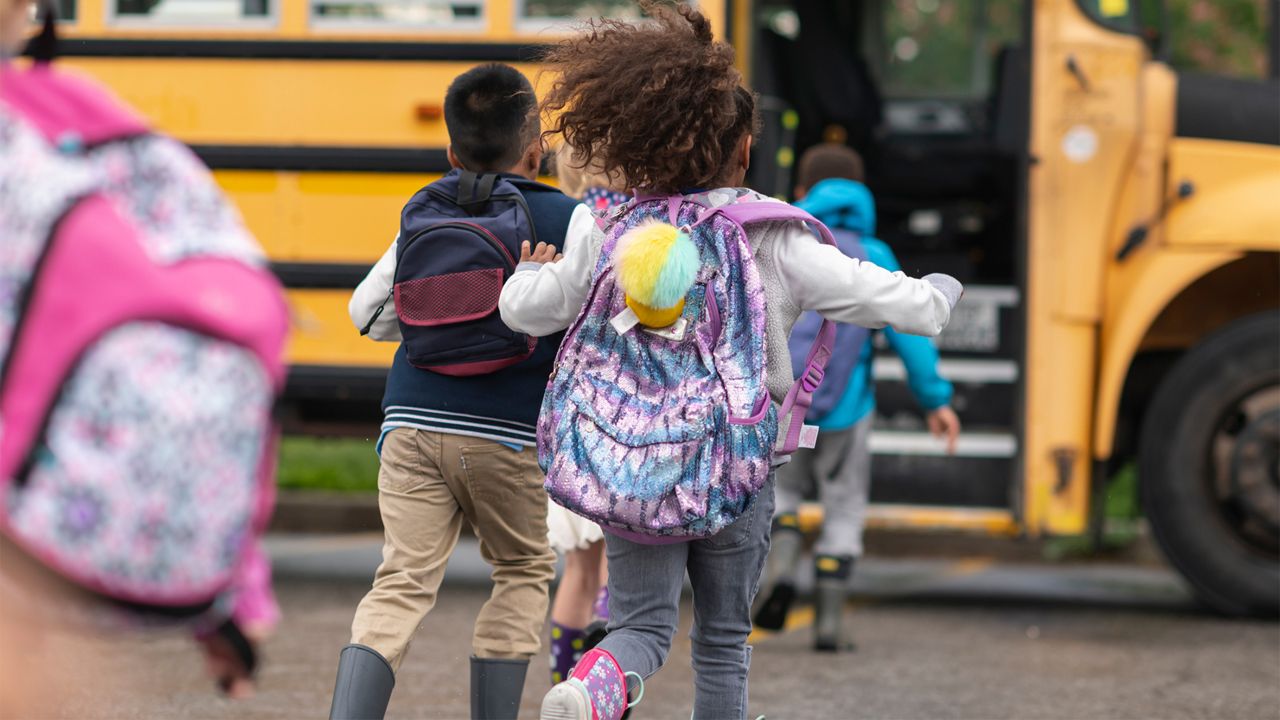NATIONWIDE – In a study conducted by Massachusetts General Hospital and Mass General Hospital for Children, researchers tested data on nearly 200 kids for the novel coronavirus and discovered that this age group may play a more significant role in the spread than was earlier thought.
What You Need To Know
- Out of 192 young people between zero and 22, 49 tested positive for COVID-19
- Half of those who tested positive did not have a fever
- Although children have fewer receptors to catch the virus than adults, they carry still high amounts of it
Researchers found that out of 192 children, 49 tested positive for COVID-19 and had much higher levels of the virus in their airways than hospitalized adults in intensive care units, according to the study published by Journal of Pediatrics on Thursday.
“I was surprised by the high levels of virus we found in children of all ages, especially in the first two days of infection,” said Lael Yonker, director of the MGH Cystic Fibrosis Center and lead author of the study. “I was not expecting the viral load to be so high. You think of a hospital, and of all of the precautions taken to treat severely ill adults, but the viral loads of these hospitalized patients are significantly lower than a ‘healthy child’ who is walking around with a high SARS-CoV-2 viral load.”
The study included young people from ages zero to 22 who arrived at an urgent care clinic or hospital and were suspected to have SARS-CoV-2, the virus that causes COVID-19.
According to the study, one-third of school-aged children who caught the virus during the height of the pandemic in America were found to have SARS-CoV-2 infection. However, children display relatively mild or no symptoms.
This causes a concern for not only children returning to school, but bringing the virus back home to their families.
“During this COVID-19 pandemic, we mainly screened symptomatic subjects, so we have reached the erroneous conclusion that the vast majority of people infected are adults. We should not discount children as potential spreaders for this virus,” Dr. Alessio Fasano, senior author and director of the Mucosal Immunology and Biology Researcher Center at Massachusetts General Hospital.
Fasano also said some children were taken to clinics and hospitals after exhibiting symptoms, but some showed no symptoms and went in because they had been in contact with an infected person or lived in a high-risk area. Scientists found that 51 percent of children with the SARS-CoV-2 infection came from low-income communities compared to 2 percent from high-income communities.
The study challenged the current thought process that children are less likely to get sick because they have fewer virus receptors than adults.
Instead, results suggest that regardless of disease susceptibility, children can still carry high viral loads. This led to the belief that children are more contagious, calling them "silent spreaders.”
Researchers also found that only half of the children who tested positive had a fever, leading them to deem the use of temperature checks as ineffective.
“Kids are a possible source of spreading this virus,” Fasano said. “And this should be taken into account in the planning stages for reopening schools.”
With states experiencing spikes in cases and mass quarantine situations due to the reopening of schools, this study may simply add proof to what communities are already witnessing. As COVID-19 data expands and more research is conducted, in-person school options may be less and less while the pandemic-ridden year crawls forward.
Scientists said without effective use of safety protocols such as social distancing and wearing masks, children could play an even larger role in the spread of COVID-19.



